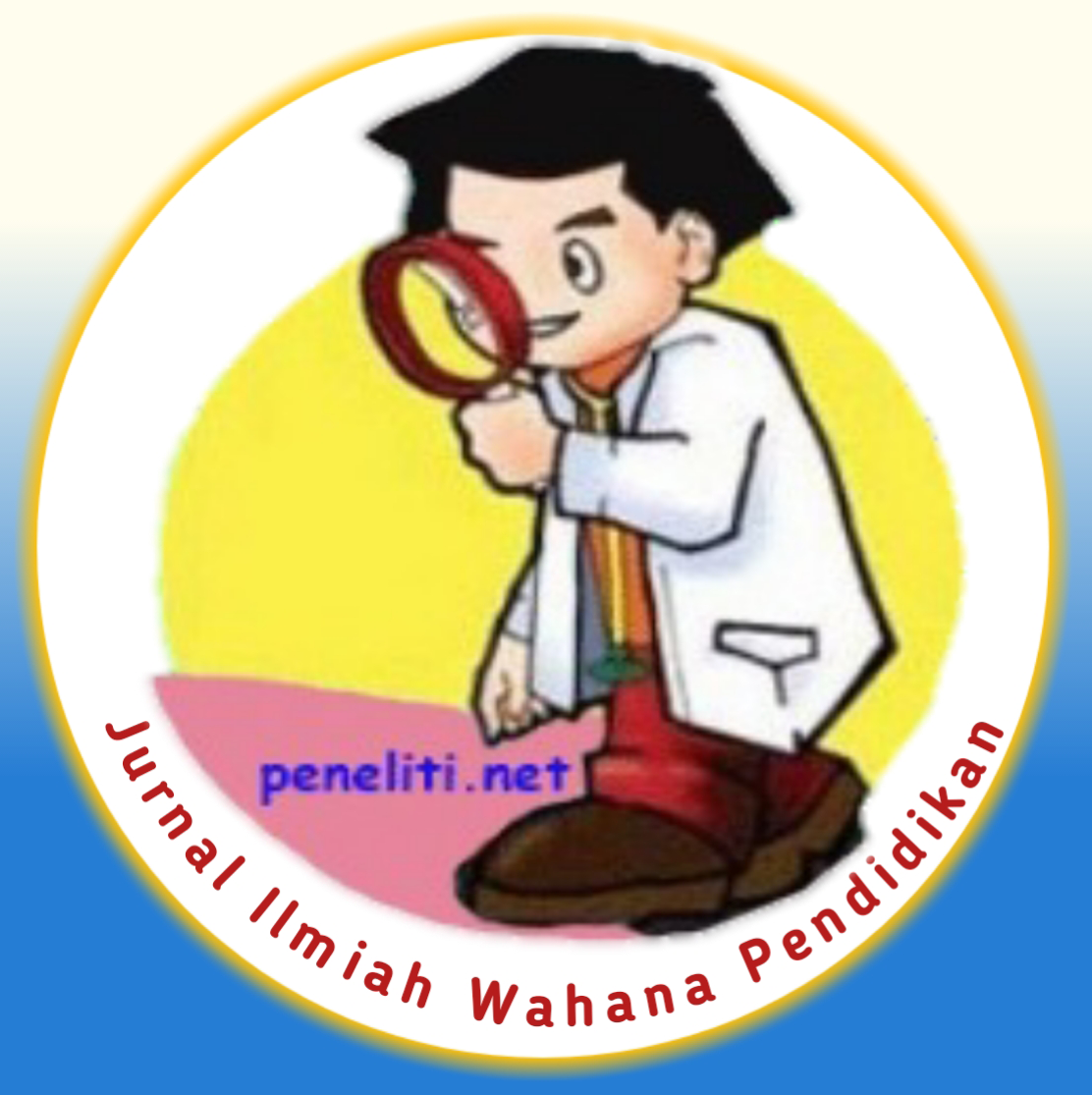Analysis System Automated Trash Bin IoT and Notification Bot Telegram Full Trash
Abstract
Internet Of Things-Based Automatic Trash Can Bot Telegram Using the Hybrid PV Grid System is a tool that serves to make it easier for people to dispose of garbage without touching the lid of the trash can to enter trash and equipped with a notification system via the telegram bot application to notify the cleaners when the trash can is full, as well as a source of voltage the trash can is equipped with two sources of power generation using solar panels and using electricity from the State Electricity Company (PLN). This automatic trash can can be a solution to the problem of garbage dumpers who are lazy to open the lid of dirty garbage so they put garbage outside the trash can and reduce the problem of garbage accumulation because the cleaners are late to empty the trash so that the smell of garbage comes out and pollutes the surrounding air.
References
G. Arifin Sinaga, I. M. Mataram, and T. G. Indra Partha, “Analisis Pembangkit Listrik Sistem Hybrid Grid Connected Di Villa Peruna Saba, Gianyar – Bali,” J. SPEKTRUM, vol. 6, no. 2, p. 1, 2019, doi: 10.24843/spektrum.2019.v06.i02.p01.
A. A. R. I. Purnama, S. Z. Harahap, “Rancang Bangun Tempat Sampah Otomatis Pada Universitas Labuhanbatu,” J. Inf., vol. 8, no. 2, pp. 81–84, 2020.
A. Wuryanto, N. Hidayatun, M. Rosmiati, and Y. Maysaroh, “Perancangan Sistem Tempat Sampah Pintar Dengan Sensor HCRSF04 Berbasis Arduino UNO R3,” Paradig. - J. Komput. dan Inform., vol. 21, no. 2, pp. 143–148, 2019.
A. Irvan Darmansyah, A. Sumardiono, E. Alimudin, and M. Rahayu, “Tempat sampah otomatis berbasis Internet of Things dengan penyulangan hybrid PV-grid,” JITEL (Jurnal Ilm. Telekomun. Elektron. dan List. Tenaga), vol. 1, no. 2, pp. 189–200, 2021, doi: 10.35313/jitel.v1.i2.2021.189-200.
K. Kananda, “Studi Awal Potensi Energi Surya Wilayah Lampung: Studi Kasus Kampus Institut Teknologi Sumatera (ITERA) Menuju Smart Campus,” J. Sci. Appl. Technol, vol. 1, no. 2, pp. 75–81, 2017.
H. P. P. and S. N. Wahid, “Pembuatan Trainer Tempat Sampah Otomatis Guna Menyiasati Masalah Sampah Di Lingkungan Masyarakat (Making Automatic Trash Trainer To Get Rid of Waste Problems in the Community Environment),” JEEE-U, vol. 3, no. 1, pp. 120–125, 2019.
M. H. S. Sukarjadi, A. Arifiyanto, D. T. Setiawan, “Perancangan Dan Pembuatan Smart Trash Bin Di Universitas Maarif Hasyim Latif,” Tek. Eng. Sains J., vol. 1, no. 2, pp. 101–110, 2017.
D. A. and R. Ferdian, “Sistem Keamanan Sepeda Motor Berbasis Mikrokontroler dan Modul GSM,” J. Inf. Technol. Comput. Eng., vol. 2, no. 02, pp. 51–63, 2018.
C. R. Hidayat and F. D. Syahrani, “Perancangan Sistem Kontrol Arduino Pada Tempat Sampah Menggunakan Sensor Pir Dan Sensor Ultrasonik,” J. Voice Informatics, vol. 6, 2017.
S. Media, “Mengenal Apa Itu Internet Of Things dan Contoh Penerapannya,” sekawanmedia.co.id, 2020. https://www.sekawanmedia.co.id/blog/pengertian-internet-of-things/.
Y. Malliwang, “Tempat Sampah Otomatis Berbasis Mikrokontroler Arduino UNO,” 2020
K. Ge. F, “Variabel Perancu,” Angew. Chemie Int. Ed. 6(11), 951–952., pp. 3–11, 1967.
F.- Puspasari, I.- Fahrurrozi, T. P. Satya, G.- Setyawan, M. R. Al Fauzan, and E. M. D. Admoko, “Sensor Ultrasonik HCSR04 Berbasis Arduino Due Untuk Sistem Monitoring Ketinggian,” J. Fis. dan Apl., vol. 15, no. 2, p. 36, 2019, doi: 10.12962/j24604682.v15i2.4393.
A. Perdana, Wisnu, “Alat Pemantau Kondisi Seorang Gamer,” pp. 5–15, 2019, [Online]. Available: https://elibrary.unikom.ac.id/id/eprint/1166/8/10 UNIKOM_Wisnu_Adi_Perdana_BAB II.pdf.
“Arduino IDE.” https://www.idebebas.com/arduino-ide/.
Wikipedia, “Telegram (aplikasi).” https://id.wikipedia.org/wiki/Telegram_(aplikasi).




